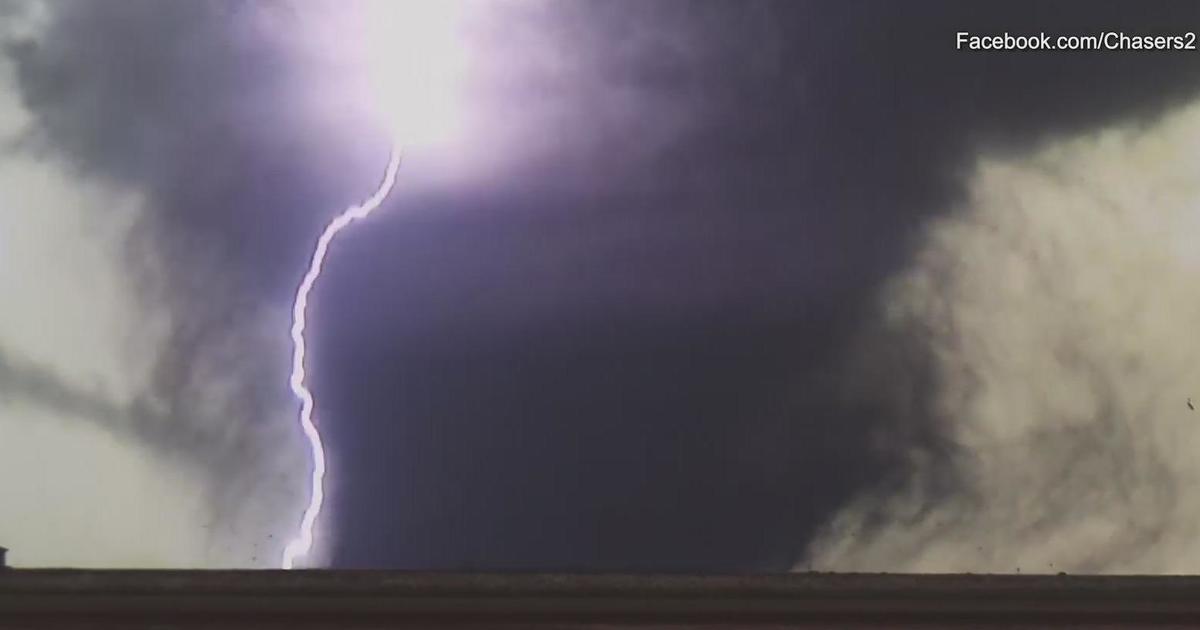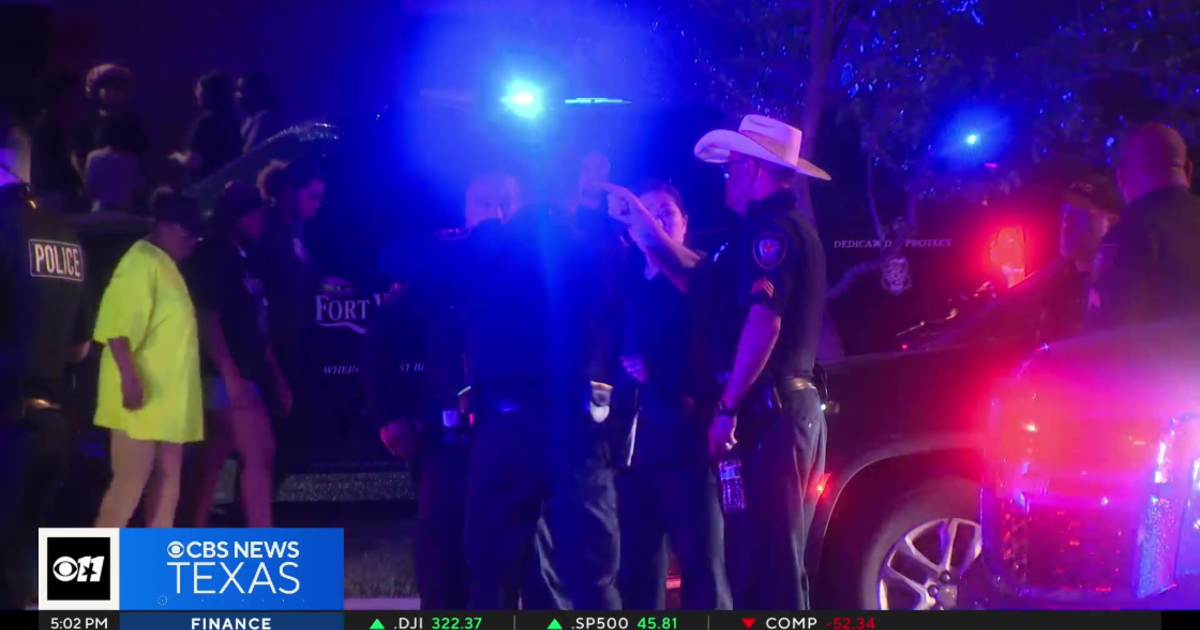North Texans fight mass extinction crisis in crowded urban landscape, saving native birds
CEDAR HILL — In the middle of Dallas County sits the Cedar Ridge Preserve, a green space larger than 450 football fields dedicated to protecting the land and its native plants and wildlife. Inside, a sanctuary for more than 60 species of birds.
The Preserve is one of the most visited nature areas in the state of Texas.
The 600-acre natural habitat also offers up to nine miles of hiking trails.
"Many people live with either a very small yard or they live in apartments," says David Hurt with Wild Birds Unlimited. "This is a huge backyard for a lot of people."
But as more homes, apartments and buildings go up, space for birds disappears. Hurt says the U.S. has lost a third of its bird population since the 70s. The main culprit: is habitat loss.
Climate change is starting to play an even bigger role, reducing living space as drought and wildfires shrink forests and rising seas take marshland. Rapidly changing weather patterns affect the timing of food supply along migratory paths, adding even more stress to the bird population.
A sixth mass extinction
In a study from the University of Helsinki and Aarhus Universitet in Denmark, it is estimated that 14% of the world's bird species are currently on a path toward extinction.
This is part of a larger picture, a loss of animal and plant species at a current rate that rivals major extinction events in our geological past. We are not only losing birds, but we are also losing a wide range of mammals, reptiles, fish, insects, amphibians, and plants.
Author Elizabeth Kolbert refers to it as the sixth extinction, the latest mass extinction event the planet has witnessed over the last half-billion years. The last extinction event wiped out most dinosaurs. Birds, a direct descendant of dinosaurs, however, survived and thrived. That is until the industrial age of man. Birds eat insects that destroy crops and spread seeds to help plants colonize new areas.
"Birds are a wonderful indicator species for habitat health," says Jake Poinsett with Trinity River Audubon Center. "These plants are good for carbon sequestration from absorbing potential pollutants from the atmosphere. So, loss of habitat can be a contributing factor to the impacts of climate change."
But mankind is doing its part: a consortium of non-profits, local municipalities and citizens are working to slow the demise of birds. In the Dallas-Fort Worth Area the Dallas Audubon Society, a non-profit dedicated to birds' conservation, operates two nature centers to preserve bird habitat, the Preserve and Trinity River Audubon Center.
Both green spaces are surrounded by urban and suburban sprawl yet are home to over a hundred species of birds, including several with a growing population, particularly in the Preserve. For example, the Golden-cheeked Warbler, a songbird, nests exclusively in Texas. After 60 years, it has returned to the area, driving home the point that a protected green space can help heal a stressed bird population.
Bird City
Cedar Ridge Preserve sits along a limestone escarpment inside the incorporated area of the city of Cedar Hill. This is a geological-unique, hilly terrain surrounded by an expanding metroplex with more than 8 million people. The city has a deep commitment to green space that goes back to the founding of the area before the Civil War.
Now, as one of 10 Texas cities dubbed a "Bird City," Cedar Hill maintains its commitment to protecting the ecosystem from overdevelopment.
They are hoping to designate 25% of their city to green space, linking parks and bike trails to preserve green corridors to help wildlife. Many of the visitors to Cedar Hill Preserve are city residents and have become vocal advocates for keeping the land protected.
"What they are looking for is a very unique balance of development and nice places to live and play, but also this natural open space stuff that attracted them in the first place," says Porter.
While not every city has 600 acres of protected habitat for birds, there is a backyard approach that can help: plant a more bird-friendly yard. Texas A&M AgriLife offers suggestions, which include putting in native plants, and seeds that provide food not only for birds, but bees and butterflies as well. A plant healthy for birds is a plant healthy for us.




